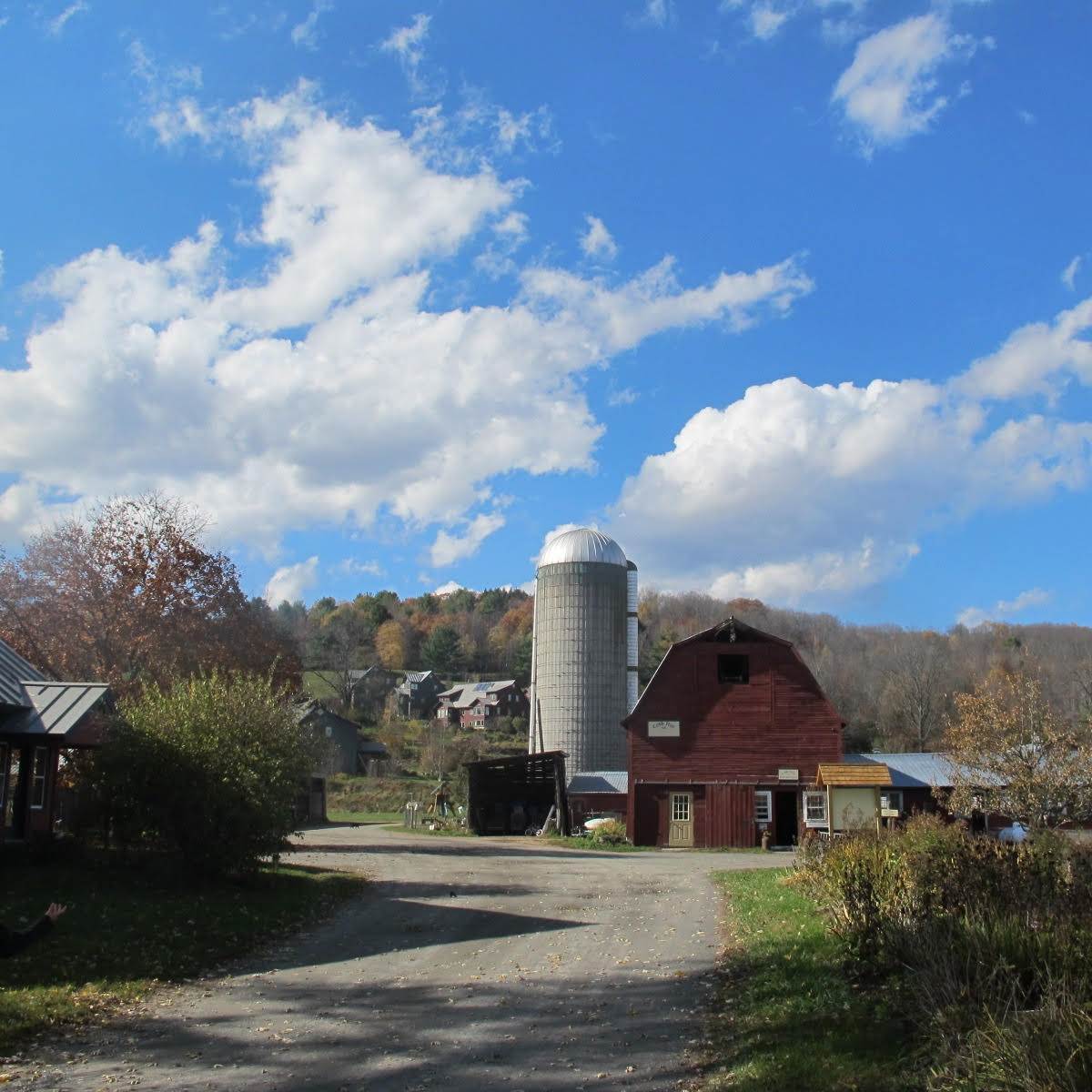By Curt Peterson
The saying “Lightning never strikes the same place twice,” was proven false in Hartland this week when bolts hit Cobb Hill barn, on a 275-acre farm in Hartland, twice at the same time.
At 7:14 a.m., it was reportedly raining here and there, but no signs of a storm. Kerry Gawalt and her husband Stephen Leslie operate Cedar Mountain Farm at Cobb Hill Cohousing. She was flipping a switch with one hand and reaching for a piece of equipment with another as part of milking one of the cows, when she felt an electrical charge go through her body.
“The end of my finger had a glowing ball on the end of it, about the size of a marble,” she told the Mountain Times. “It was pretty scary.”
“There was a big bang, and the cows ran,” she said. “The one I was milking looked at me as if to say, ‘What kind of a jerk are you, not running for your life?!’”
Gawalt smelled smoke and followed her nose to what she calls the “cobble room” where the electrical breakers are, and the space was full of smoke.
“I called the fire department,” she said. “And then we got all the animals and people out of the barn.”
The fire fighters arrived quickly and opened one wall to make sure there was no hidden burning. There was no fire, but she said she was glad she played it safe rather than being sorry.
Damages included blown circuit breakers and a blown capacitor in the well. The water pump was “fried,” according to Gawalt. The farm’s insurance agent checked a satellite lightning record, confirming the Cedar Mountain Barn was struck twice at about the same instant.
Central Vermont is no stranger to lightning storms. Seven years ago, Gawalt said, there was another strike that blew a hole through their main electrical panel. She and Stephen took the farm over in 1999. Those two have been the only lightning losses during their tenure.
Leslie and Gawalt are going to look into the protection lightning rods might provide — the barn doesn’t have them now. Normally the rods are installed on the highest points of a structure, to attract a lightning strike and carry the electrical surge directly into the ground via cables made of copper or aluminum. Theoretically, without the rods, lightning’s powerful charge may find its way throughout a structure, following and damaging wiring systems and/or plumbing, as well as anything connected to them, such as appliances or telephones.
“I’ve heard mixed reviews about lightning rods,” Gawalt said. “I want to find out more about them.”
According to weather.gov, “While lightning rods help protect a structure from a direct lightning strike, a complete lightning protection system is needed to help prevent harmful electrical surges and possible fires caused by lightning entering a structure via wires and pipes. A complete system also includes electrical surge protection devices for incoming power, data, and communication lines; and surge protection devices for vulnerable appliances. Lightning protection may also be needed for gas piping.”



